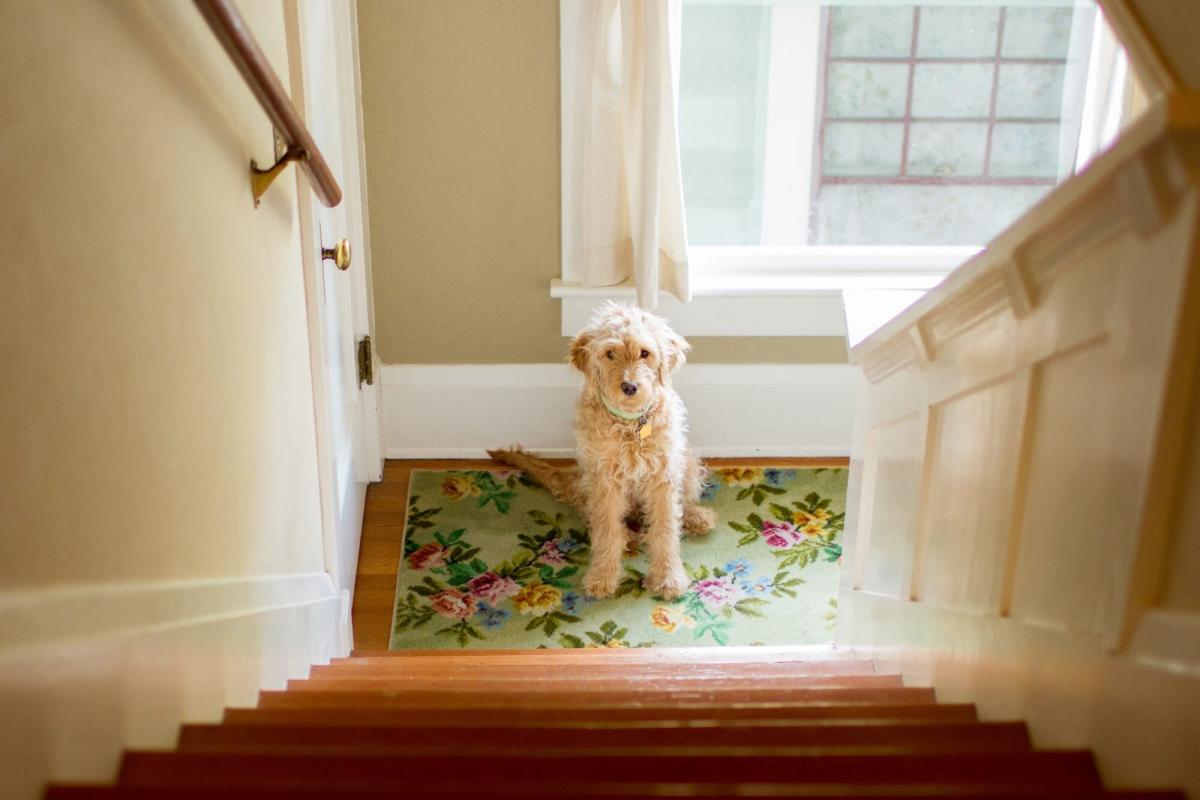

Articles
Why Won’t My Dog Go Up The Stairs
Modified: December 7, 2023
Discover helpful articles on why your dog is struggling to navigate stairs and find solutions to help them overcome their fear and gain confidence
(Many of the links in this article redirect to a specific reviewed product. Your purchase of these products through affiliate links helps to generate commission for Storables.com, at no extra cost. Learn more)
Introduction
For many dog owners, watching their furry companions navigate the world with confidence and ease is a source of joy. However, it can be quite puzzling and concerning when a dog shows hesitation or reluctance towards certain obstacles, such as going up the stairs. As a pet parent, you may find yourself wondering why your beloved canine companion seems unwilling or fearful to take those upward steps. In this article, we will delve into the reasons behind this behavior and explore possible solutions to help your dog overcome their hesitation towards stairs.
Understanding why dogs may be hesitant to climb stairs is essential in addressing the issue. Like humans, dogs can face physical limitations and fears that affect their ability and willingness to navigate certain environments. By understanding these potential factors, you can tailor your approach to help your furry friend conquer their fear and become more confident when faced with a flight of stairs.
It’s important to note that every dog is unique, and the reasons for their hesitation may vary. However, there are a few common explanations that can shed light on your dog’s aversion to stairs. This article aims to provide guidance and practical tips to assist in helping your dog overcome their fear or hesitation.
Now, let’s dive deeper into some of the most common reasons why dogs may be hesitant to go up the stairs, and explore how we can address these issues to ensure the well-being and comfort of our four-legged friends.
Key Takeaways:
- Overcoming a dog’s fear of stairs requires patience, positive reinforcement, and gradual exposure. Understanding the root cause and providing a supportive environment are crucial in helping dogs become confident stair climbers.
- Consulting with a professional trainer or behaviorist can offer tailored solutions to address a dog’s hesitation towards stairs. Their expertise in behavior modification techniques can make a significant difference in a dog’s progress and overall well-being.
Read more: How To Teach Dog To Go Up Stairs
Understanding dogs’ hesitation towards stairs
It can be frustrating and worrisome when your dog displays hesitation or fear towards going up the stairs. However, by understanding the underlying reasons for their reluctance, we can better address and overcome this hurdle.
Fear or past traumatic experiences:
One common reason for a dog’s hesitation towards stairs is fear. Dogs, like humans, can develop phobias or anxieties due to past traumatic experiences. For example, if a dog had a negative encounter or injury involving stairs in the past, it can leave a lasting impression, causing them to associate stairs with fear or pain. It’s important to be patient and empathetic with your dog, offering reassurance and positive reinforcement to gradually build their confidence.
Physical limitations or health issues:
Another factor to consider is that your dog may have physical limitations or health issues that make navigating stairs challenging. For instance, older dogs may experience joint pain or arthritis, which can make climbing stairs uncomfortable or painful. Similarly, dogs with mobility issues or injuries may struggle with stairs. If you suspect your dog’s hesitation is due to physical limitations, it’s crucial to consult with a veterinarian to identify any underlying health conditions and develop a suitable management plan.
Lack of exposure or training:
If your dog hasn’t been exposed to stairs during their early socialization period or hasn’t received proper training, they may be unsure and apprehensive about using them. Dogs rely on familiarity and confidence when navigating their surroundings, and a lack of exposure to stairs can result in hesitation or fear. Introducing stairs gradually and using positive reinforcement techniques, such as treats or toys, can help your dog build a positive association with stairs and encourage them to overcome their hesitation.
It’s essential to remember that every dog is an individual, and their hesitation towards stairs may stem from a combination of factors. Taking the time to understand the specific underlying cause of your dog’s reluctance is crucial in developing an effective plan to help them overcome their fear and gain confidence.
Now that we have explored some of the reasons behind dogs’ hesitation towards stairs, let’s move on to practical steps you can take to address and overcome this issue.
Fear or past traumatic experiences
Fear or past traumatic experiences are common reasons for a dog’s hesitation towards climbing stairs. Dogs, just like humans, can develop phobias or anxieties due to negative experiences or traumatic events associated with stairs. It’s important to understand this fear and work patiently to help your dog overcome it.
If your dog shows fear towards stairs, it’s crucial to identify any past traumatic experiences they may have had. Dogs have a remarkable ability to associate specific environments or situations with negative memories. For example, if your dog slipped and fell down the stairs in the past, they may now associate stairs with pain or fear.
To help your dog overcome their fear, it’s important to create a positive association with stairs. Start by providing treats, praise, and encouragement whenever your dog approaches the stairs without showing signs of fear. This positive reinforcement helps your dog associate stairs with pleasant experiences instead of fear or anxiety.
Gradual exposure is key when helping your dog conquer their fear of stairs. Begin by placing treats or toys on the first step, allowing your dog to approach and retrieve them without necessarily climbing the stairs. This helps them associate positive experiences with the stairs and builds confidence.
Next, assist your dog in taking small steps up the first few stairs. Use a leash or harness if needed, providing gentle guidance and support. As your dog becomes more comfortable and confident, gradually increase the number of stairs they climb under your guidance.
If your dog shows signs of fear or hesitation during the process, never force them to continue. Respect their boundaries and take a step back if necessary. It’s crucial to provide a safe and supportive environment for your dog to build trust and overcome their fear at their own pace.
Remember, patience is key. Progress may be slow, but with consistency and positive reinforcement, your dog will gradually become more comfortable with stairs. Celebrate their small achievements and continue to reward them for their efforts.
If your dog’s fear of stairs persists or worsens despite your best efforts, it may be helpful to consult with a professional dog trainer or behaviorist. They can assess your dog’s specific fears and provide personalized guidance and techniques to help your dog overcome their hesitation.
By addressing your dog’s fear or past traumatic experiences with stairs in a patient and gentle manner, you can help them build confidence and ultimately conquer their fear, enabling them to navigate stairs with ease and without hesitation.
Physical limitations or health issues
Another possible reason for a dog’s hesitation towards climbing stairs is physical limitations or underlying health issues. Just like humans, dogs can experience joint pain, arthritis, or other health conditions that make navigating stairs difficult or uncomfortable for them.
If your dog is showing reluctance to climb stairs, it’s essential to observe their movements and behavior. Look for signs of discomfort or pain, such as limping, stiffness, or reluctance to put weight on certain limbs. These can be indications of underlying physical issues that need to be addressed.
In older dogs, the natural aging process can lead to joint degeneration and muscle weakness. This can make climbing stairs challenging and painful. Similarly, certain breeds may be more prone to developing orthopedic conditions that affect their mobility.
If you suspect physical limitations or health issues are causing your dog’s hesitation towards stairs, it’s crucial to consult with your veterinarian. They can perform a thorough examination, possibly including diagnostic tests like x-rays, to identify any underlying conditions that may be contributing to your dog’s discomfort or reluctance.
Once a diagnosis is made, your veterinarian will be able to recommend appropriate treatment options. This may include medication to manage pain or inflammation, physical therapy to improve mobility and strength, or lifestyle modifications to accommodate your dog’s specific needs.
In some cases, modifications to your home environment may be necessary to make stairs more accessible and comfortable for your dog. For example, installing a ramp or providing additional support rails can help your dog navigate stairs with ease, reducing the strain on their joints or muscles.
It’s important to note that while physical limitations or health issues may contribute to a dog’s hesitation towards stairs, they should not be disregarded or dismissed. Adequate veterinary care and an individualized management plan are vital to ensure your dog’s comfort, mobility, and overall well-being.
By addressing and managing any physical limitations or health issues, you can help your dog navigate stairs more comfortably and confidently. This, in turn, can improve their quality of life and allow them to continue enjoying their daily activities without hesitation or discomfort.
Lack of exposure or training
A common reason for a dog’s hesitation towards stairs is a lack of exposure or training. Dogs rely on familiarity and confidence when navigating their surroundings, and if they haven’t been properly exposed to stairs or taught how to use them, they may feel unsure or apprehensive.
Early socialization plays a crucial role in acclimating dogs to various environments, including stairs. If a dog has not been exposed to stairs during their critical socialization period, which is typically between 3 and 14 weeks old, they may not have had the opportunity to become familiar and comfortable with this specific obstacle.
To help a dog overcome their hesitation towards stairs due to a lack of exposure or training, it’s important to introduce them gradually and positively. Start by allowing your dog to observe stairs from a distance, providing them with treats, praise, and reassurance to create a positive association.
Next, encourage your dog to approach the stairs and venture a few steps towards them. Use treats or toys as incentives, rewarding their bravery and progress. Allow them to explore the stairs at their own pace without pressure or force.
If your dog shows reluctance or fear, go back a step and repeat the process until they are comfortable. Remember to reward and reinforce any positive interactions with the stairs, gradually increasing the level of exposure and involvement.
Training techniques such as luring with treats or using a clicker to mark desired behaviors can be beneficial in teaching your dog how to navigate stairs confidently. Break the process down into small steps, rewarding your dog each time they successfully climb a few steps or make progress in conquering their fear.
Consistency is key when addressing a lack of exposure or training. Incorporate short training sessions into your daily routine, offering encouragement and reinforcement. Be patient and understanding, as each dog learns at their own pace.
In some cases, seeking assistance from a professional dog trainer or behaviorist can provide additional guidance and expertise. They can assess your dog’s specific needs, provide customized training plans, and address any underlying issues that may be contributing to the hesitation towards stairs.
By gradually exposing your dog to stairs and providing positive reinforcement, you can help them build confidence and overcome their hesitation. With time, patience, and consistent training, your dog will learn to navigate stairs with ease and without hesitation.
Try using positive reinforcement to encourage your dog to go up the stairs. Use treats or toys to create a positive association with the stairs, and take it slow to build their confidence.
Read more: Why Wont My Toilet Fill Up With Water
Taking gradual steps to introduce dogs to stairs
Introducing a dog to stairs requires a gradual and patient approach. By taking small steps and providing positive reinforcement, you can help your dog become comfortable and confident when navigating stairs.
Start by creating a positive association with the area around the stairs. Place treats or toys near the bottom step, encouraging your dog to approach and interact with them. Use a calm and reassuring tone to show that the area is safe and inviting.
Once your dog shows comfort in the vicinity of the stairs, move on to the next step. Place treats or toys on the first step, enticing your dog to reach for them. Encourage them with verbal praise as they make progress.
Continue this process, gradually moving the treats or toys higher up the stairs. Allow your dog to approach each step at their own pace, ensuring they feel comfortable and secure before moving on to the next one.
If your dog shows hesitation or fear during the process, it’s important not to force them or rush their progress. Respect their boundaries and take a step back if needed. The goal is to create a positive and stress-free experience, building their confidence over time.
Consider using positive reinforcement techniques, such as clicker training or rewarding with treats, to reinforce desired behaviors. Click and treat when your dog successfully approaches or climbs a step, reinforcing the idea that stairs are associated with rewards and positive experiences.
Using a leash or harness can provide additional support and guidance for your dog. It helps them feel secure and prevents any potential accidents or falls. Gradually reduce your reliance on the leash as your dog becomes more confident and comfortable with the stairs.
As your dog progresses, gradually increase the number of steps they climb. Continue to offer praise, treats, and encouragement as they conquer each new level. Celebrate their achievements and let them know that they are doing a great job.
Consistency is key to the success of introducing your dog to stairs. Set aside regular short training sessions dedicated to stairs, reinforcing positive behaviors and gradually increasing their exposure and involvement. With time and patience, your dog will become more confident and proficient at navigating stairs.
It’s important to note that every dog is different, and their progress may vary. Some dogs may take longer to become comfortable with stairs compared to others. It’s crucial to be patient, understanding, and adaptable to your dog’s individual needs throughout the process.
By taking gradual steps, offering positive reinforcement, and respecting your dog’s pace, you can help them conquer their fear or hesitation towards stairs. Remember to celebrate their accomplishments and provide a supportive environment, ultimately helping your dog become a confident and adept climber.
Identifying and addressing fears or hesitation
Identifying and addressing the specific fears or hesitation that your dog may have towards stairs is crucial in helping them overcome this obstacle. By understanding the root cause, you can tailor your approach to address their individual needs and provide the necessary support.
Observe your dog’s behavior when approaching or attempting to climb stairs. Look for signs of fear or anxiety, such as trembling, panting, attempting to flee, or freezing in place. These behaviors can indicate that your dog is experiencing a genuine fear or hesitation towards stairs.
If your dog shows signs of fear or hesitation, it’s important not to force or push them to face their fear. This can further reinforce their negative association with stairs and potentially worsen their anxiety. Instead, take a step back and create a calm and supportive environment for your dog.
Identify any triggers or specific factors that may contribute to your dog’s fear. For example, a slippery surface or a particular staircase design might be causing their hesitation. Taking note of these factors can help you modify the environment to alleviate their fears.
Gradual exposure and desensitization techniques can be effective in helping your dog overcome their fears. Break down the process into small, manageable steps and gradually increase their exposure to stairs at a pace they feel comfortable with.
Offer positive reinforcement throughout the process. Use treats, praise, or toys to reward your dog’s bravery and progress. The goal is to create positive associations with stairs, replacing fear with positive experiences and building their confidence.
Consider using counter-conditioning techniques to change your dog’s emotional response to stairs. This involves pairing the presence of stairs with something your dog enjoys, such as playtime or treats. Over time, this association can help them overcome their fear and view stairs in a more positive light.
If your dog’s fear of stairs persists or worsens despite your efforts, it may be beneficial to consult with a professional trainer or behaviorist. They can assess your dog’s specific fears and provide guidance on behavior modification techniques tailored to your dog’s individual needs.
It’s important to approach fear or hesitation with patience and understanding. Each dog is unique, and their progress will vary. Celebrate their small achievements and provide continuous support as they work towards overcoming their fears.
Remember that addressing fears or hesitation towards stairs takes time. Don’t get discouraged if progress is slow. With dedication, positive reinforcement, and a compassionate approach, you can help your dog conquer their fears and navigate stairs with confidence.
Consulting with a professional trainer or behaviorist
If your dog’s hesitation towards stairs persists despite your best efforts, it may be beneficial to seek guidance from a professional trainer or behaviorist. These experts have the knowledge and experience to assess your dog’s specific needs and provide tailored solutions to address their fear or hesitation.
A professional trainer or behaviorist can conduct a thorough assessment of your dog’s behavior, environment, and overall well-being. They will be able to identify any underlying factors and develop a customized plan to help your dog overcome their fear of stairs.
One of the primary benefits of consulting with a professional is their expertise in behavior modification techniques. They can determine the most effective approach for your dog’s specific situation, tailoring their methods to suit your dog’s personality, temperament, and individual needs.
Professional trainers and behaviorists can guide you in implementing desensitization and counter-conditioning techniques with precision and expertise. They can provide step-by-step instructions to gradually expose your dog to stairs and help them build confidence and familiarity in a safe and controlled manner.
Additionally, these experts can offer guidance on positive reinforcement techniques and assist you in implementing a training plan that focuses on rewarding your dog’s progress and encouraging positive behaviors.
During consultations, professional trainers and behaviorists can also address any other underlying behavioral issues that may contribute to your dog’s hesitation towards stairs. This holistic approach ensures that all relevant factors are taken into consideration, promoting overall well-being and a positive environment for your dog.
Working with a professional can offer peace of mind, knowing that you are receiving expert advice and guidance. They can answer your questions, provide ongoing support, and adjust the training plan as needed to ensure continued progress.
Remember, consulting with a professional trainer or behaviorist is not a sign of failure or inability on your part as a pet parent. Every dog is unique, and some may require specialized assistance to overcome their fears.
Take the opportunity to reach out to reputable trainers or behaviorists in your area who have experience in working with dogs with fear or hesitation towards stairs. Research their qualifications, read reviews, and ask for recommendations to ensure that you choose a professional who is well-suited to your dog’s needs.
By collaborating with a professional trainer or behaviorist, you can tap into their expertise and experience to help your dog overcome their fear or hesitation towards stairs. Their guidance and support can make a significant difference in your dog’s progress and overall well-being.
Conclusion
Having a dog who is hesitant or fearful of stairs can be a challenging situation for pet owners. However, with patience, understanding, and the right approach, you can help your furry friend overcome their fears and navigate stairs with confidence.
It’s important to remember that each dog is unique, and their hesitation towards stairs can stem from various factors. Fear or past traumatic experiences, physical limitations or health issues, lack of exposure or training – these are just a few of the common reasons why dogs may exhibit reluctance when it comes to climbing stairs. By identifying the underlying cause, you can tailor your approach to address their specific needs.
Gradual exposure, positive reinforcement, and desensitization techniques are valuable tools in helping your dog become familiar and comfortable with stairs. Take small steps, reinforce positive behaviors, and provide a calm and supportive environment. Celebrate their achievements, no matter how small, and be understanding of their individual pace of progress.
If your dog’s fears or hesitation persist despite your best efforts, don’t hesitate to consult with a professional trainer or behaviorist. These experts can provide specialized guidance and behavior modification techniques to address your dog’s specific needs.
Remember, the journey to helping your dog overcome their hesitation towards stairs may require time and patience. It’s essential to maintain a supportive and loving environment throughout the process. With dedication and understanding, you can help your dog conquer their fears and navigate stairs with confidence and ease.
Your dog’s well-being and happiness are paramount. By employing the right strategies, seeking professional guidance when needed, and providing a nurturing environment, you can help your furry companion conquer their fear of stairs and continue to explore the world with boundless confidence and joy.
Frequently Asked Questions about Why Won't My Dog Go Up The Stairs
Was this page helpful?
At Storables.com, we guarantee accurate and reliable information. Our content, validated by Expert Board Contributors, is crafted following stringent Editorial Policies. We're committed to providing you with well-researched, expert-backed insights for all your informational needs.
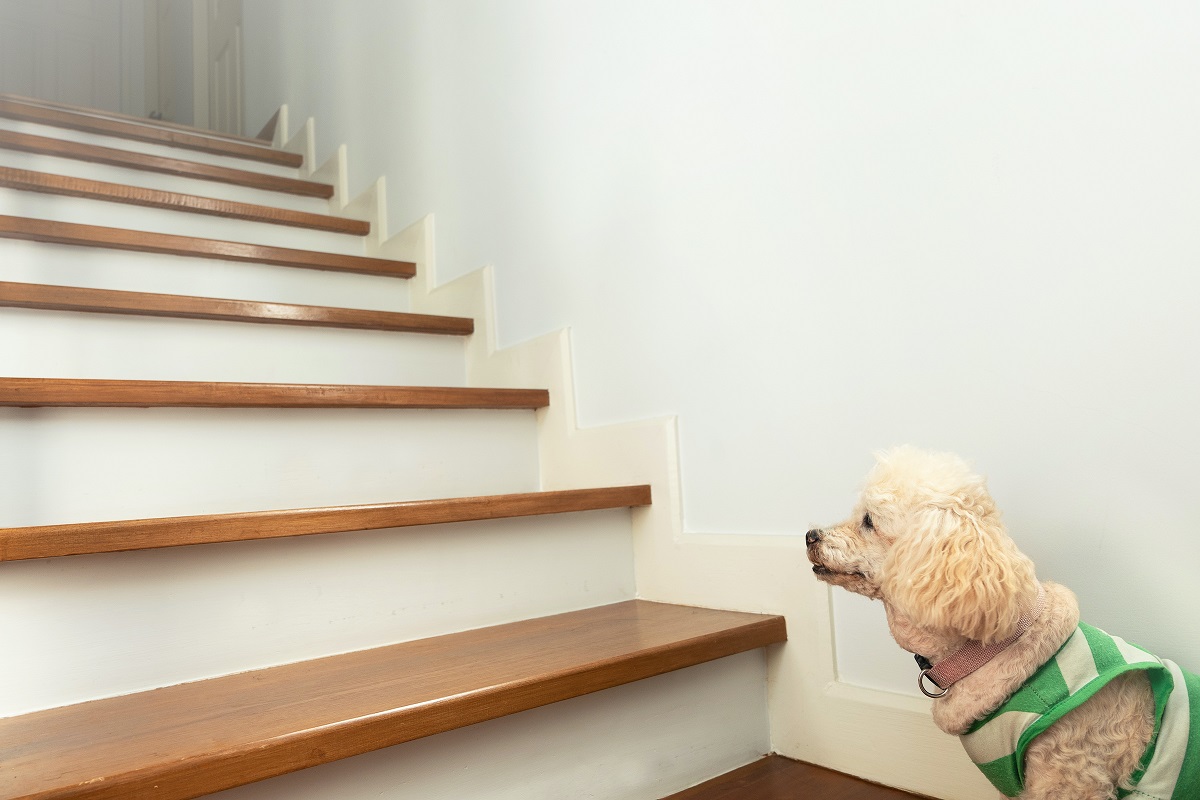





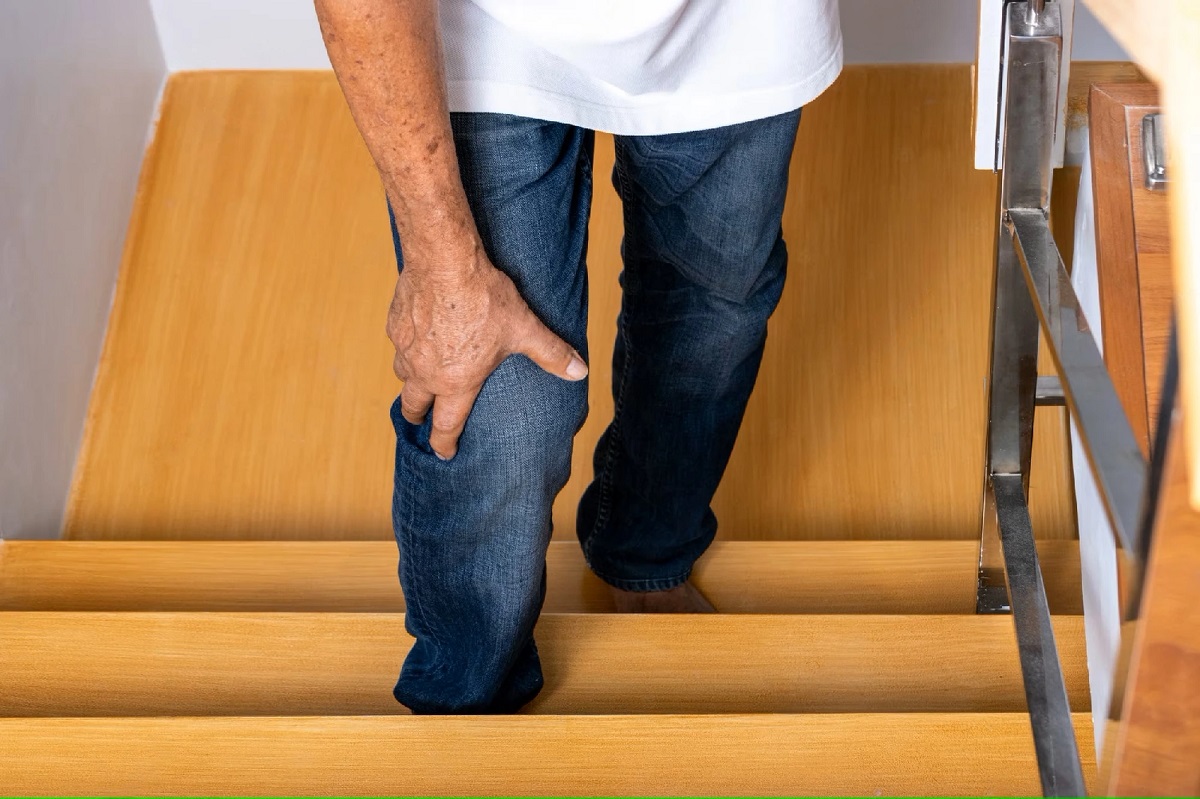
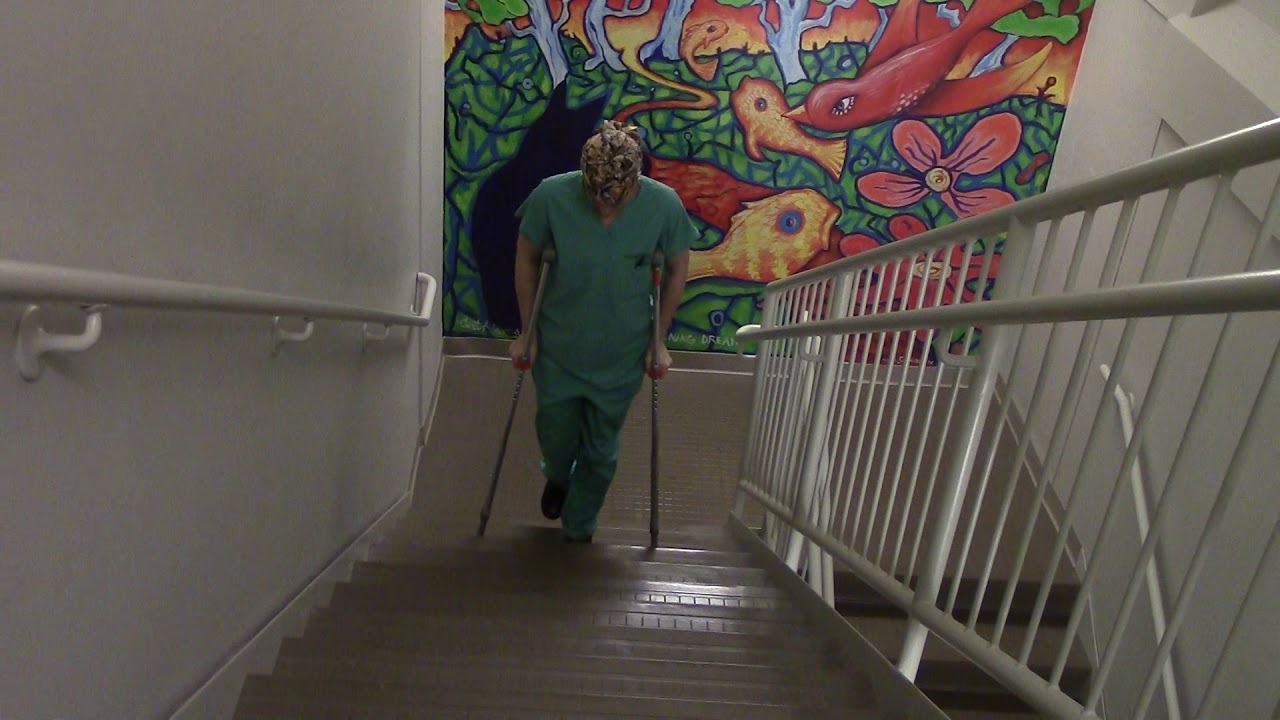
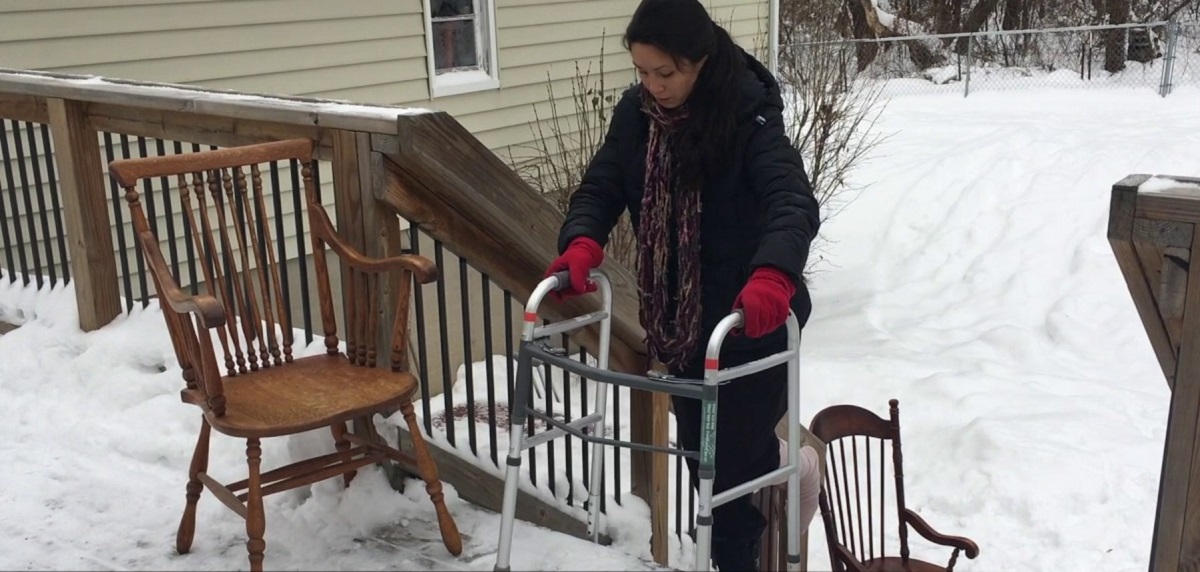



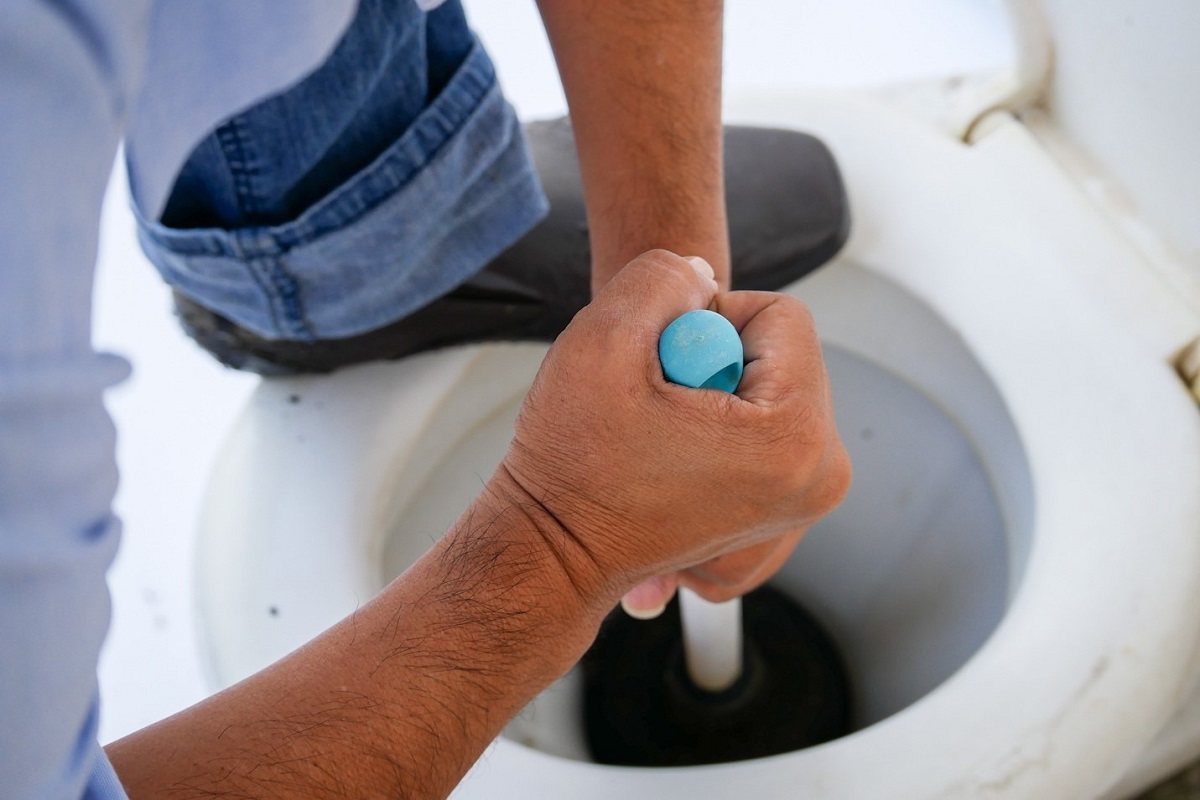
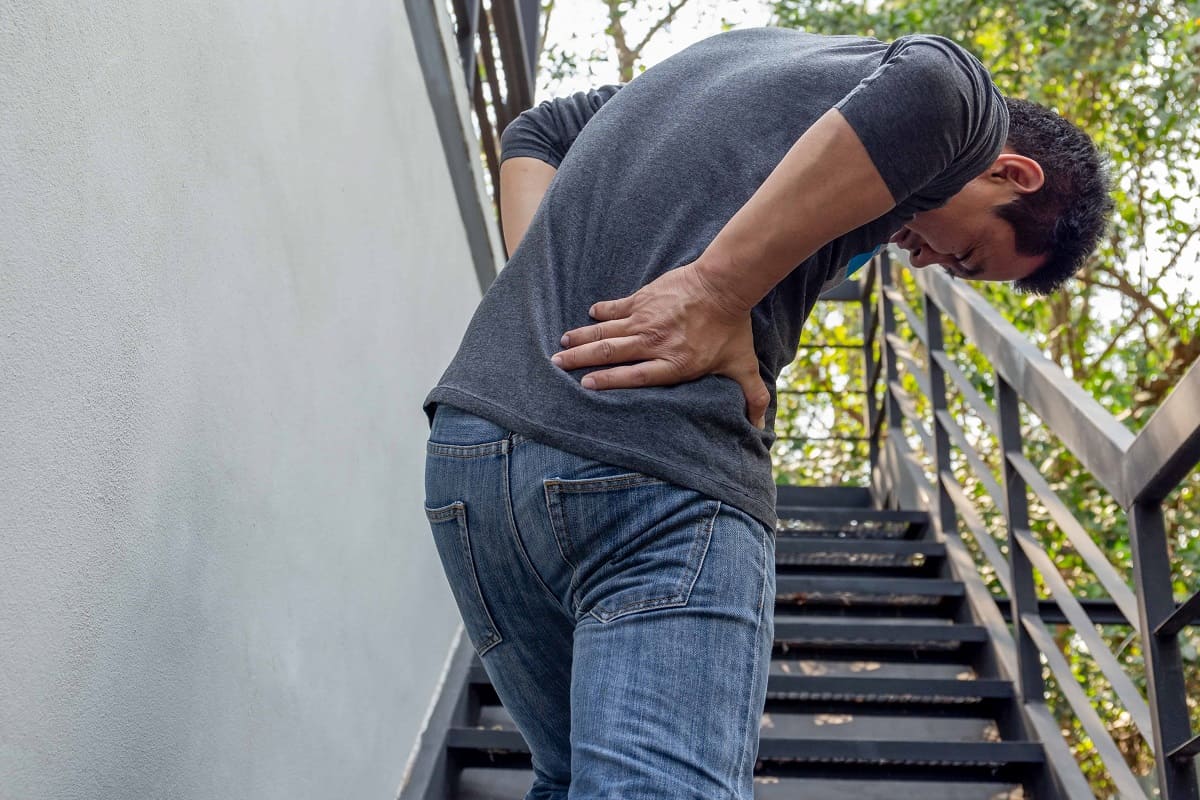

0 thoughts on “Why Won’t My Dog Go Up The Stairs”